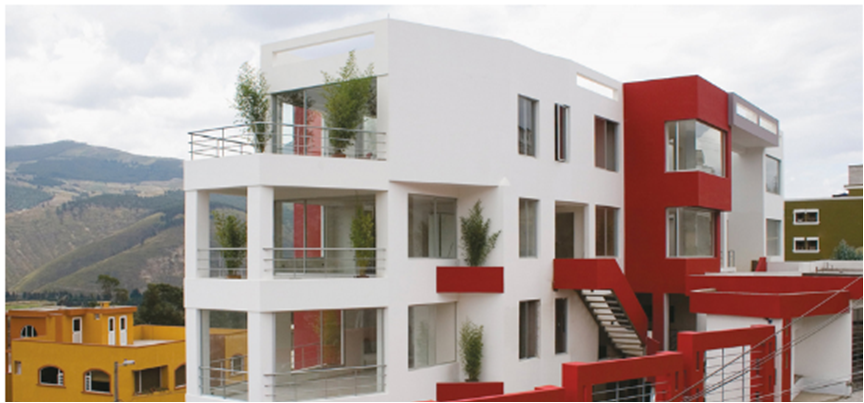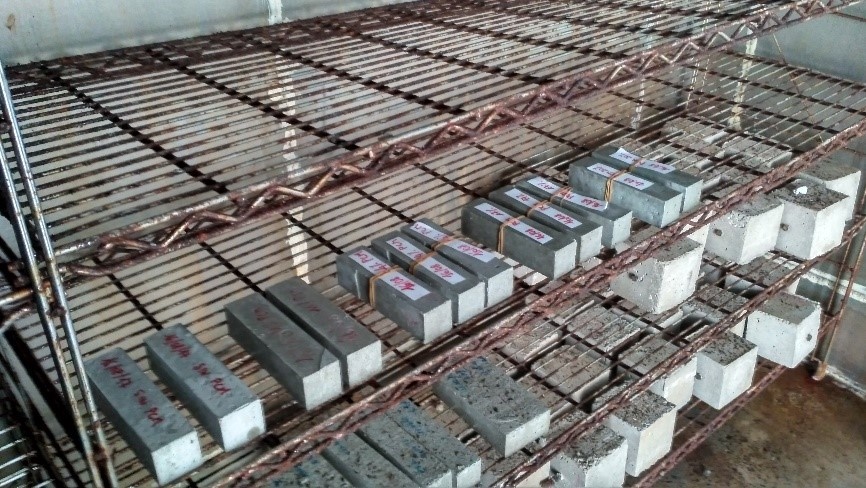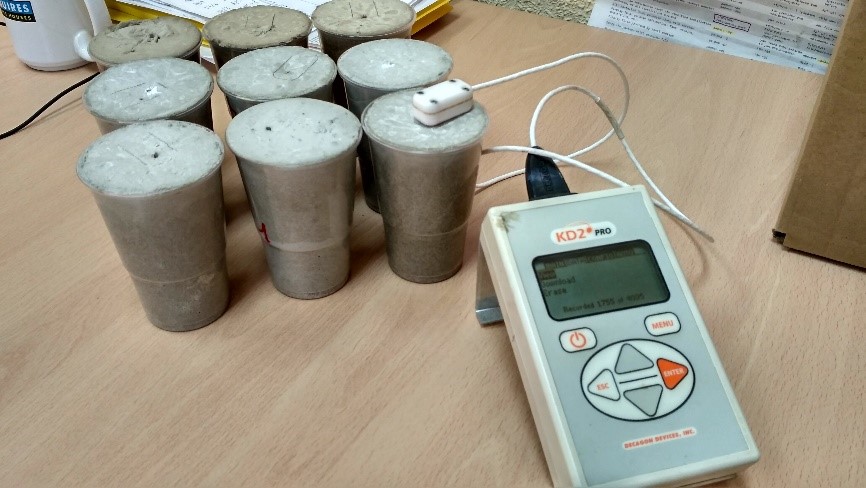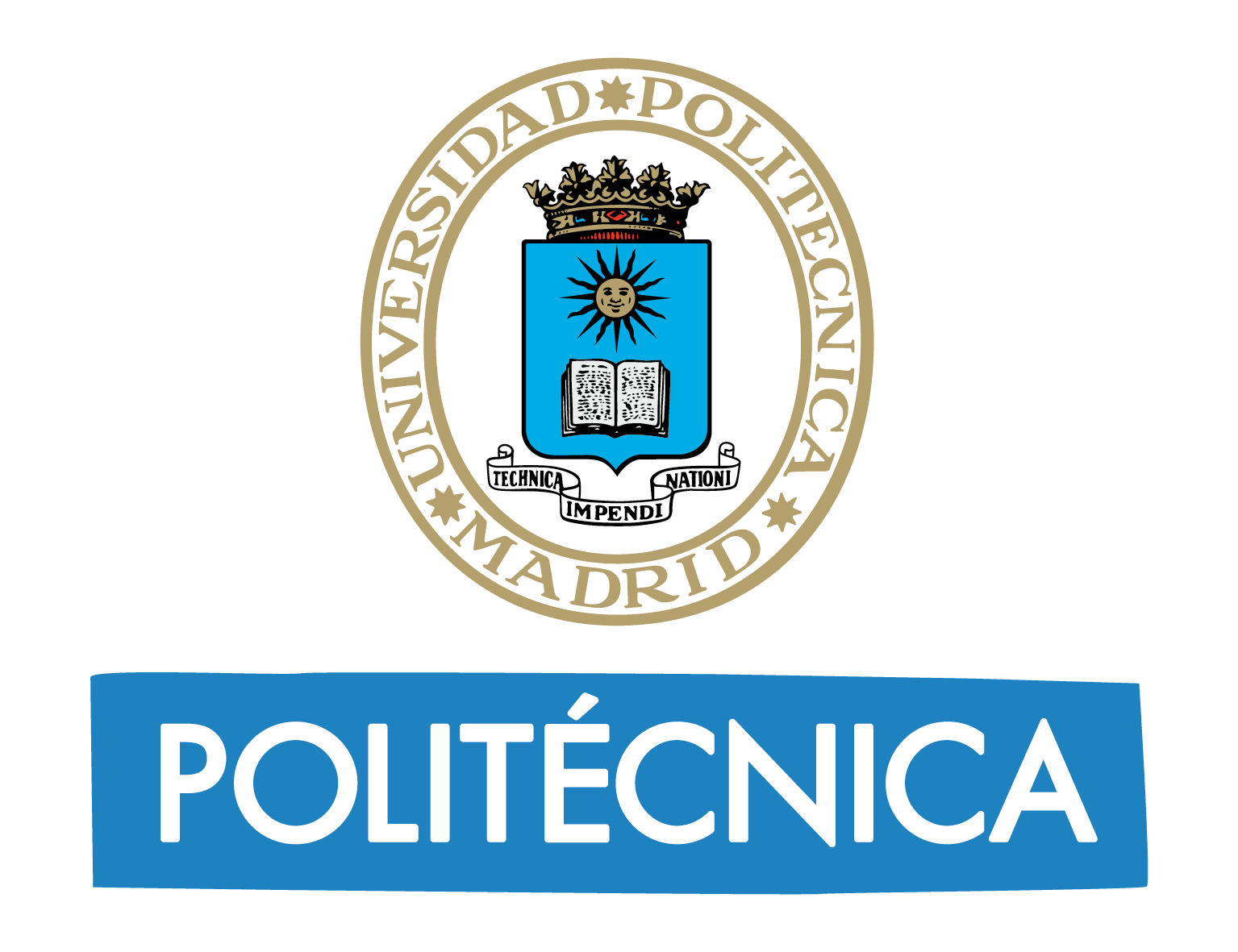New radiant wall of high capacity to accumulate heat
A researcher from Universidad Politécnica de Madrid was involved in the design and construction of an innovative solution for residential building facades that optimizes the local energy resources.
The final energy consumption in buildings keeps growing as well as their greenhouse emissions. As a consequence, we need to search for solutions to build and rehabilitate buildings by making them more efficient. A team of researchers, including Lorenzo Oliviere from the School of Architecture at Universidad Politécnica de Madrid (UPM), has carried out a study to develop a new radiant element for facades of high thermal energy storage using phase change materials.
The use of these materials allows taking advantage of the latent heat absorbed and released during the phase change from solid to liquid. With these materials, a larger amount of thermal energy can be stored in a lower volume compared to sensible heat storage.

Credit: IECA/Inphase
The construction industry trend is away from the Sustainable Development Scenario defined by the International Energy Agency that outlines a major transformation of the global energy system, showing how the world can change course to deliver on the three main energy-related SDGs simultaneously.
The interest in using more efficient building materials, new technologies and new systems is growing to accomplish the objectives defined by energy policies, but they are still insufficient. Lorenzo Olivieri, a researcher from the group of Renewable Distributed Generation and Intelligent Control (GEDIRCI) at UPM, explains “the goal is to achieve net-zero energy buildings that, by combining an ultra-efficient design of the envelope with renewable energies, can locally produce the same amount of energy they demand over a year”.
On average, the great majority of the final energy used in European residential buildings are for heat systems (65%) and domestic hot water generation (15%), other usages such as lighting, appliances and air conditioning are less intensive. To resume, the 80% of the final housing energy is for heat production. Therefore, to search for solutions that are able to provide thermal comfort with little external energy is essential to achieve zero-energy buildings.


Credit: Proyecto Inphase
A team of researchers from Instituto de Ciencias de la Construcción Eduardo Torroja (IETcc) at Universitat de Lleida along with the Instituto Español del Cemento y sus Aplicaciones and INDAGSA company and the collaboration of diverse universities (Jaume I, Barcelona and Politécnica de Madrid) has carried out the Inphase project which is focused on the development of a new radiant element of high thermal storage by using phase-change materials (PCM).
Over 10 commercial phase-change materials were characterized during the first stage of the project to define the most suitable option for the radiant wall. A complete laboratory-scale characterization was carried out considering the following properties: temperature of phase change, specific heat capacity, thermal conductivity, and stability.
The next challenge was to design a mortar using PCM to achieve a direct adding of microencapsulated PCM inside the mortar matrix with the purpose of using it for the conventional production processes of precast elements. Thus, researchers tested the thermal properties of diverse cement mortars with PCM, varying the type and amount of elements in the mixture. The results showed the best thermal properties are obtained from silica aggregates and antifoam additives and this allowed researchers to define the optimum formulation of a PCM-added mortar for building components.
“This project resulted in an innovative solution in terms of design and construction for residential building facades based on adding phase change materials in precast concrete walls. In conclusion, this result is a suitable solution for sustainable building design”, Olivieri concludes.
Navarro, L., Solé, A., Martín, M., Barreneche, C., Olivieri, L., Tenorio, J. A., et al. (2019). Benchmarking of useful phase change materials for a building application. Energy and Buildings. 182, 45–50. DOI:10.1016/j.enbuild.2018.10.005.
Olivieri, L., Tenorio, J. A., Revuelta, D., Navarro, L., and Cabeza, L. F. (2018). Developing a PCM-enhanced mortar for thermally active precast walls. Constr. Build. Mater. 181, 638–649. DOI:10.1016/j.conbuildmat.2018.06.013.


